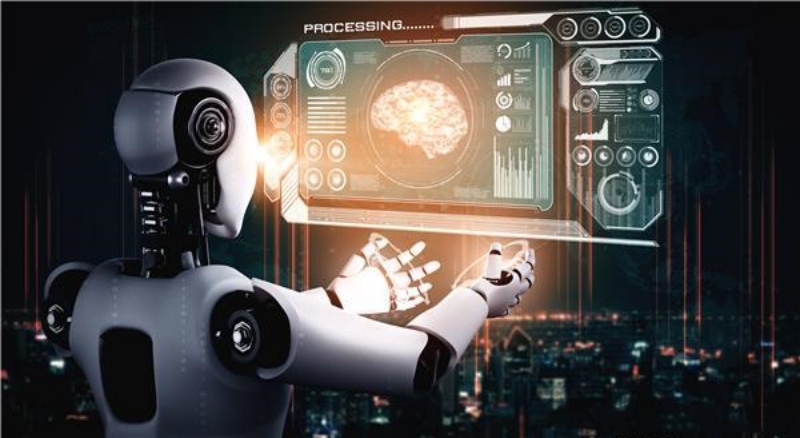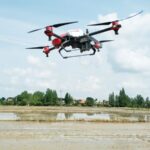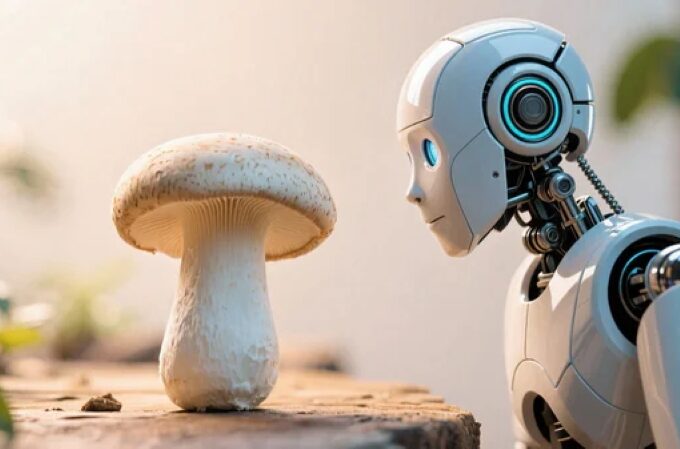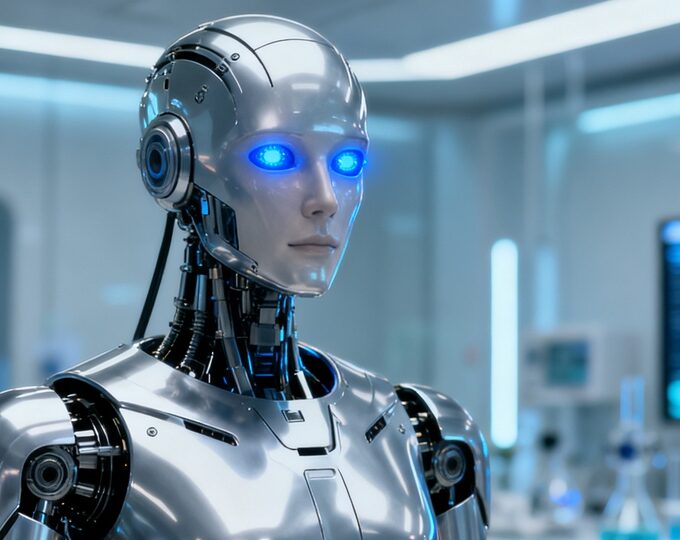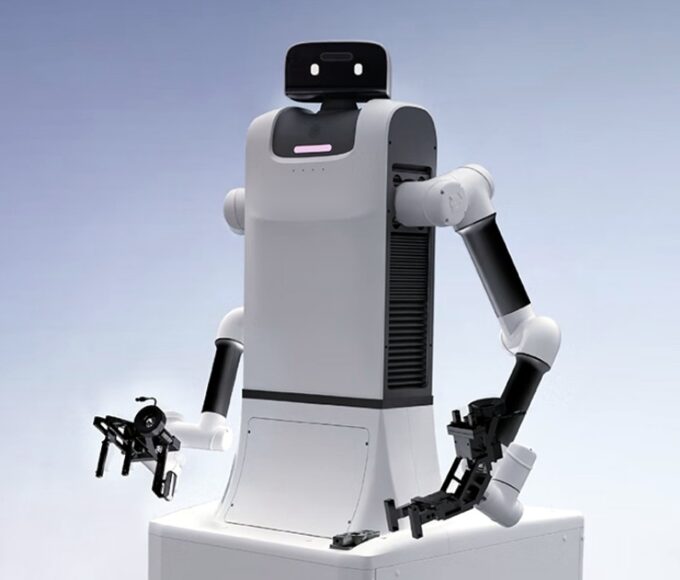From the beginning of this year until now, humanoid robots have consistently topped headlines, becoming one of the hot topics in the tech industry.
Currently, humanoid robots are at a crucial juncture, transitioning from the laboratory towards industrialization. Whether in terms of technological innovation or investment and financing, interest in the field of humanoid robots remains high, with 2024 poised to become a milestone year for their mass production.
Industry expectations for humanoid robots’ prospects are increasingly optimistic, especially from a policy standpoint, which shows more proactive signals.
With humanoid robots gaining popularity, should we focus more on their “human-like” appearance or their functional capabilities?
Humanoid robots refer to intelligent machines that resemble humans in appearance and movement. They typically feature a human-like body structure including a head, torso, limbs, and the ability to walk bipedally and perform various tasks with their hands, while also possessing certain cognitive and decision-making abilities.
Looking at the usage scenarios unveiled by several manufacturers this year, intelligent manufacturing, particularly in the automotive sector, is expected to be the first area where humanoid robots are deployed. They can be used for assembly, handling and logistics, collaborative production, quality inspection, equipment maintenance, and inspection.
So, the question arises: if humanoid robots are designed to replace highly repetitive, hazardous, or dirty tasks, why insist on developing robots in a “human-like” form? Many automation devices, such as AGVs combined with robotic arms, can assist human workers while fulfilling mobility requirements.
Moreover, unlike conventional industrial robots, humanoid robots differ significantly in structural design, hardware composition, control algorithms, core performance requirements, component selection, and cost control.
Technologically, humanoid robots require complex sensory capabilities such as vision, hearing, and touch to simulate human sensory systems. They also demand advanced AI algorithms for enhanced decision-making and learning capabilities to achieve human-like intelligent behavior. Furthermore, their control algorithms are more intricate, enabling complex motion control algorithms such as balancing, walking, and fine hand movements.
Furthermore, in terms of mobility, humanoid robots need to move and perform tasks seamlessly in various environments. Ensuring long-lasting battery life while maintaining lightweight and flexibility poses a significant challenge to their internal battery systems.
Lastly, there is a significant cost disparity. Due to their complex design and high-end hardware requirements, manufacturing costs for humanoid robots are relatively high, necessitating substantial investment in research, development, and production. Ordinary industrial robots typically prioritize cost-effectiveness, aiming to control manufacturing costs while ensuring performance to enhance production efficiency and competitiveness.
Complex and precise, with high manufacturing costs, the value of robots lies in assisting humans with complex or tedious tasks that do not necessarily require a human-like appearance but practical functionality.
Industry experts analyze that designing robots in human form serves two main purposes: 1. Most physical environments, facilities, and tools in the world are designed for human-size dimensions. Robots designed in human form offer the best versatility, quickly adapting to various scenarios. 2. When developing AGI (Artificial General Intelligence) based on humanoid robots, human video data can be used for training, enhancing training efficiency.
Currently, the development of humanoid robots still prioritizes “body” over “brain.” “Body” refers to the hardware devices of humanoid robots, while “brain” refers to their software algorithms. Despite years of development, humanoid robots struggle to commercialize primarily due to a lack of general intelligence to support their application across various scenarios and leverage the advantages of humanoid forms.
The ultimate goal of humanoid robots is to become universal robots adaptable to different environments and tasks without the need for separate facilities and tools, thus expanding their application scenarios. However, achieving this goal requires advancements in AI, advanced manufacturing, new materials, and other technologies.
Despite the AI era, the development of AI technology has enabled significant advances in humanoid robots. Challenges such as high R&D costs and commercialization difficulties have plagued many robotics companies. For example, pioneers in the industry such as Pepper, ASIMO, and Atlas have either left the market or struggled to find suitable applications.
In conclusion, whether humanoid robots must adopt a human-like form ultimately depends on specific usage scenarios.
Firstly, the key to intelligent manufacturing lies in improving production efficiency and quality, not mimicking human appearance. In industrial production lines, robots are typically tasked with repetitive, high-precision actions such as assembly and welding, which do not require human-like appearance. Designing robots with more compact and efficient structures tailored to specific task requirements may better enhance production efficiency and reduce costs.
Secondly, robot design in intelligent manufacturing should prioritize safety and operational efficiency. In industrial environments, robots need to collaborate with various equipment and tools, where a humanoid design may not always be the most suitable. Designing robots with shapes and structures that better meet job requirements can enhance their safety and operational efficiency in industrial production lines, reducing potential risks and failures.
Furthermore, robot design in intelligent manufacturing can draw inspiration from natural forms to create more efficient and adaptable robots. For example, biomimetic spider robots can mimic spider movements, demonstrating better flexibility and adaptability in narrow spaces, thereby enhancing operational efficiency and flexibility on production lines.
Overall, in the context of industrial intelligent manufacturing, robot design should focus on functionality and efficiency rather than blindly pursuing humanoid forms. Flexible design concepts can bring more innovation and advantages to industrial intelligent manufacturing, improving production efficiency and quality, reducing costs and risks. Therefore, humanoid robots in intelligent manufacturing scenarios do not necessarily have to adhere to “human-like” designs but should select the most suitable robot shapes and structures based on specific production needs to achieve more efficient intelligent manufacturing.


